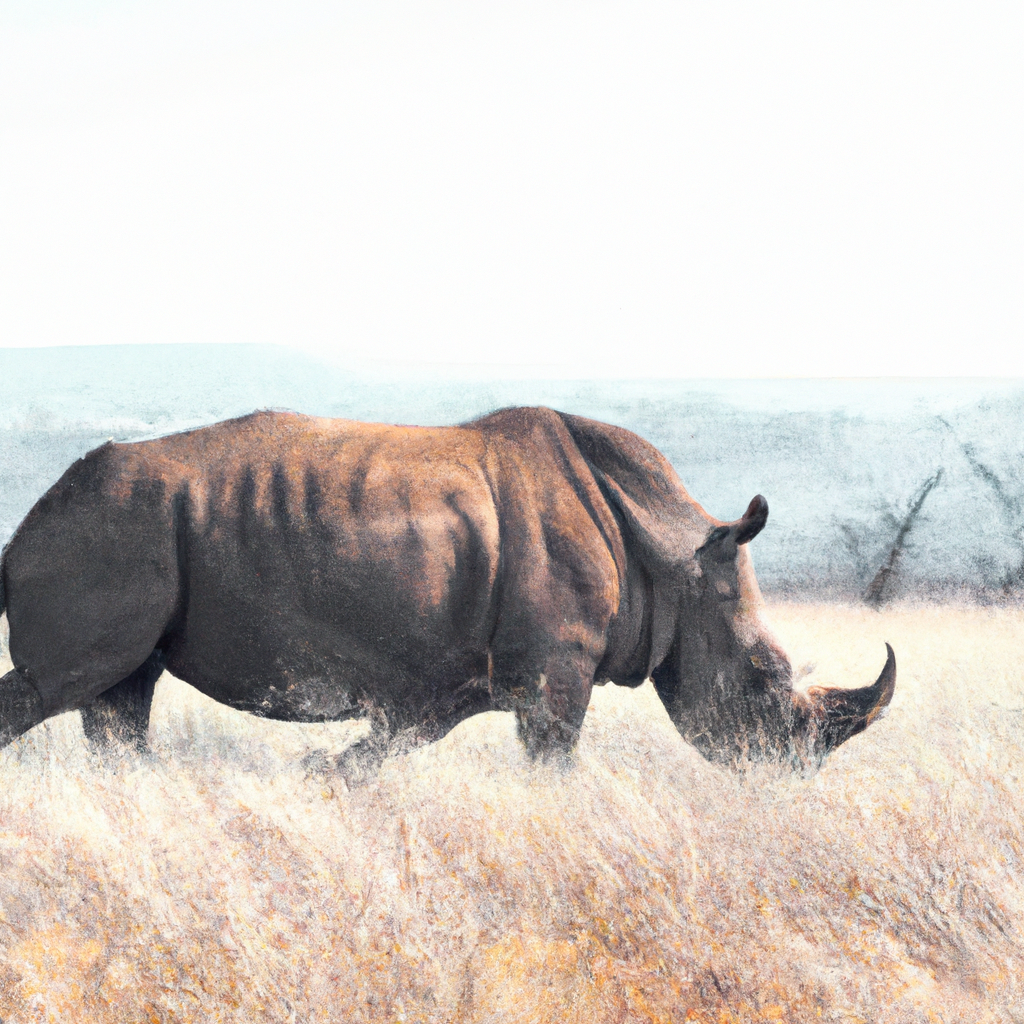Wildlife photography is a captivating genre that requires a unique set of skills, techniques, and equipment. Photographing animals in their natural habitats is a challenging yet rewarding experience that requires patience, persistence, and a keen eye for detail. Whether you are an amateur or a professional photographer, there are several techniques and tips that can help you capture stunning wildlife photographs. This article will delve into the different techniques used in wildlife photography, including camera settings, composition, and equipment.
Camera settings
One of the essential aspects of wildlife photography is camera settings. The right camera settings can make a significant difference in the quality of your photos. Here are some tips on camera settings for wildlife photography:
1. Aperture: The aperture setting controls the amount of light that enters the camera. A wide aperture (low f-stop number) creates a shallow depth of field, which is ideal for isolating the subject from the background. A narrow aperture (high f-stop number) is suitable for capturing details in the foreground and background.
2. Shutter speed: The shutter speed determines how long the camera’s shutter remains open, allowing light to enter the camera. A faster shutter speed is ideal for capturing fast-moving animals, while a slower shutter speed is suitable for capturing motion blur.
3. ISO: The ISO setting controls the camera’s sensitivity to light. A higher ISO is ideal for low-light situations, but it can result in noise and graininess in the photos.
Composition
Composition is another crucial aspect of wildlife photography. It involves the arrangement of elements within the frame to create a visually appealing image. Here are some tips on composition for wildlife photography:
1. Rule of thirds: The rule of thirds involves dividing the frame into thirds both horizontally and vertically. The subject should be placed at one of the intersections of these lines to create a balanced and visually pleasing image.
2. Leading lines: Leading lines are lines within the frame that lead the viewer’s eye to the subject. They can be natural elements such as branches or man-made elements such as fences.
3. Background: The background is an essential element of composition. A cluttered or distracting background can take away from the subject, while a clean and simple background can enhance the subject.
Equipment
The right equipment is crucial for wildlife photography. Here are some tips on equipment for wildlife photography:
1. Lens: A telephoto lens is ideal for wildlife photography as it allows you to get close to the subject without disturbing it. A 300mm or 400mm lens is suitable for most wildlife photography.
2. Tripod: A sturdy tripod is essential for stability and sharpness in your photos. It is especially important when using longer lenses.
3. Accessories: Accessories such as a remote shutter release, polarizing filter, and lens hood can enhance your photos and protect your equipment.
Tips and tricks
Here are some additional tips and tricks for wildlife photography:
1. Patience: Patience is key in wildlife photography. It may take a while to find the right subject or to capture the perfect shot.
2. Research: Researching the animals and their behavior can help you anticipate their movements and capture better photos.
3. Be respectful: It is essential to be respectful of the animals and their habitats. Do not disturb them or their surroundings for the sake of a photo.
Conclusion
In conclusion, wildlife photography is a challenging yet rewarding genre that requires a unique set of skills, techniques, and equipment. Understanding camera settings, composition, and equipment is essential for capturing stunning wildlife photos. Patience, research, and respect are also crucial for successful wildlife photography. With these tips and tricks, you can improve your wildlife photography skills and capture beautiful images of animals in their natural habitats.







